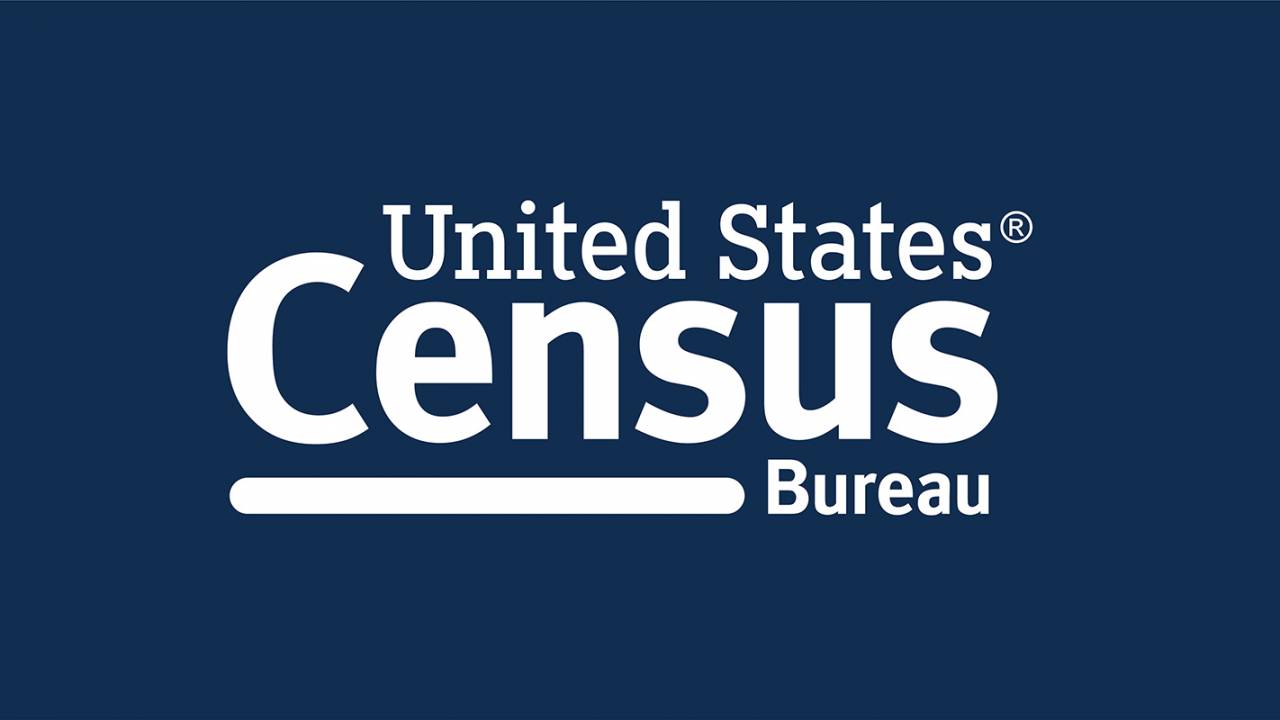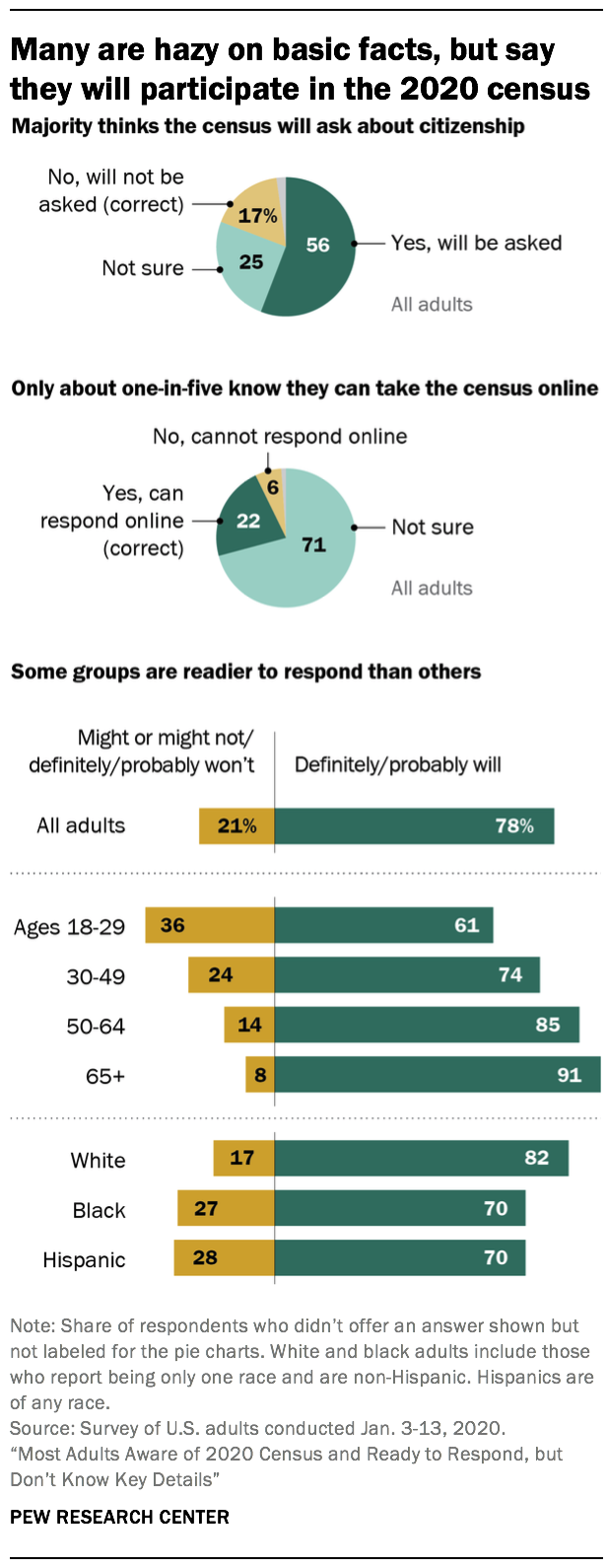

ġ8th and 19th centuries 1790 census Title page of 1790 United States census An illustrated history of the racial and ethnic categories used in the U.S. "Government Collection of Race and Ethnicity Data", Center for American Progress, February 6, 2015. Data on Ethnic Groups are also needed by local governments to run programs and meet legislative requirements (i.e., identifying segments of the population who may not be receiving medical services under the Public Health Act evaluating whether financial institutions are meeting the credit needs of minority populations under the Community Reinvestment Act)." Brief overview of race and ethnicity in U.S. "Data on ethnic groups are important for putting into effect a number of federal statutes (i.e., enforcing bilingual election rules under the Voting Rights Act monitoring and enforcing equal employment opportunities under the Civil Rights Act). The data are needed to monitor compliance with the Voting Rights Act by local jurisdictions". States require these data to meet legislative redistricting requirements. Race data are also critical for the basic research behind many policy decisions. The OMB states, "many federal programs are put into effect based on the race data obtained from the decennial census (i.e., promoting equal employment opportunities assessing racial disparities in health and environmental risks). Prior to this decision, the census and other government data collections asked people to report only one race.
2020 census gets cautious thumbsup from full#
The development of the data standards stem in large measure from new responsibilities to enforce civil rights laws." Among the changes, OMB issued the instruction to "mark one or more races" after noting evidence of increasing numbers of interracial children and wanting to capture the diversity in a measurable way and having received requests by people who wanted to be able to acknowledge their or their children's full ancestry rather than identifying with only one group.


OMB developed race and ethnic standards in order to provide "consistent data on race and ethnicity throughout the federal government. In 1997, OMB issued a Federal Register notice regarding revisions to the standards for the classification of federal data on race and ethnicity.

However, the practice of separating "race" and "ethnicity" as different categories has been criticized both by the American Anthropological Association and members of U.S. Thus, in addition to their race or races, all respondents are categorized by membership in one of two ethnic categories, which are "Hispanic or Latino" and "Not Hispanic or Latino". Race and ethnicity are considered separate and distinct identities, with a persons origins considers in the census, including a separate question regarding Hispanic or Latino origin. census as not "scientific or anthropological" and takes into account "social and cultural characteristics as well as ancestry", using "appropriate scientific methodologies" that are not "primarily biological or genetic in reference." The race categories include both racial and national-origin groups. The racial categories represent a social-political construct for the race or races that respondents consider themselves to be and, "generally reflect a social definition of race recognized in this country." OMB defines the concept of race as outlined for the U.S. Residents can indicate their origins alongside their race, and are asked specifically whether they are of Hispanic or Latino origin in a separate question. Race and ethnicity in the United States census, defined by the federal Office of Management and Budget (OMB) and the United States Census Bureau, are the self-identified categories of race or races and ethnicity chosen by residents, with which they most closely identify. See also: Race and ethnicity in the United States


 0 kommentar(er)
0 kommentar(er)
